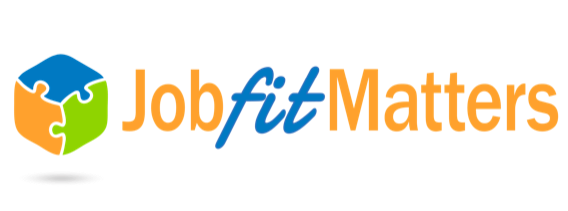
Part 4 of this enlightening 7 part guest series featuring our friends Ben Dilla and Ron Evans addresses the realization:
“We were looking for someone really different to add to the team and take us in new directions, and we ended up with a clone of what we already have.”
While you may have embarked on a path to expand diversity of background and experience, many subtle forces in the interview and selection process can silently steer things in a different direction. One of the most common interview errors is actually called “similar-to-me” bias. People naturally resonate with others who share similar traits and experience, while they can be uncomfortable with those who seem different.
Comment: Again, careful description of requirements and good interview training can help to ensure each person who interviews a candidate is looking for the right set of characteristics and behaviors and doesn’t spend too much time on “feel-good” questions. In their research for better interviewing techniques, industrial psychologists Tom Janz, Lowell Hellervik, and David Gilmore found that interviews are more valid when they are structured and focus on behavior based questions, and when interviewers have clear knowledge of job requirements, take notes during the interview, and assess applicants on job-related performance factors following the completion of the interview. These practices take the interview out of the realm of an unstructured conversation into the realm of a focused assessment which enables superior decision making.
We’d love to your go-to behavior based questions. Please share in the comments now.
